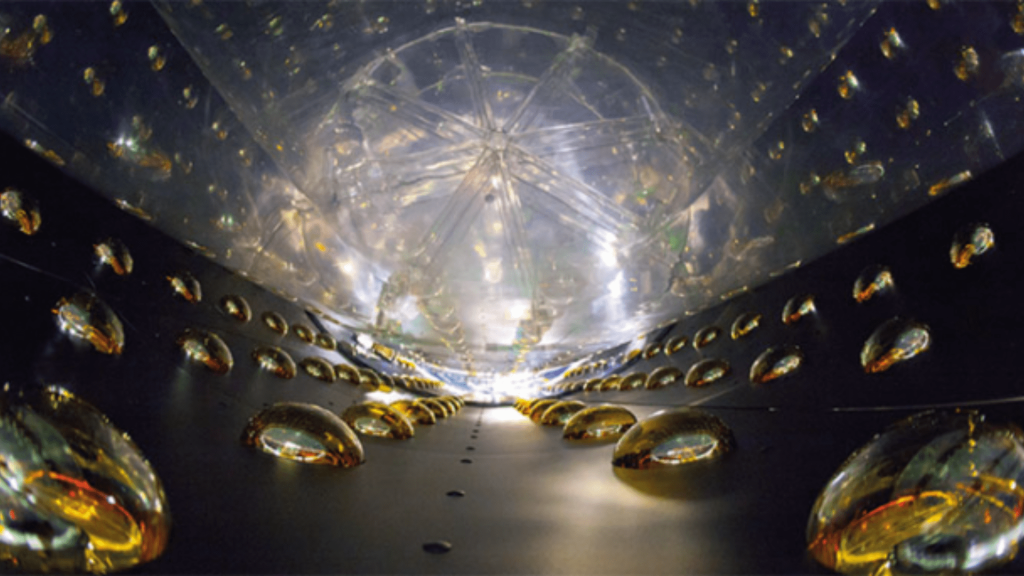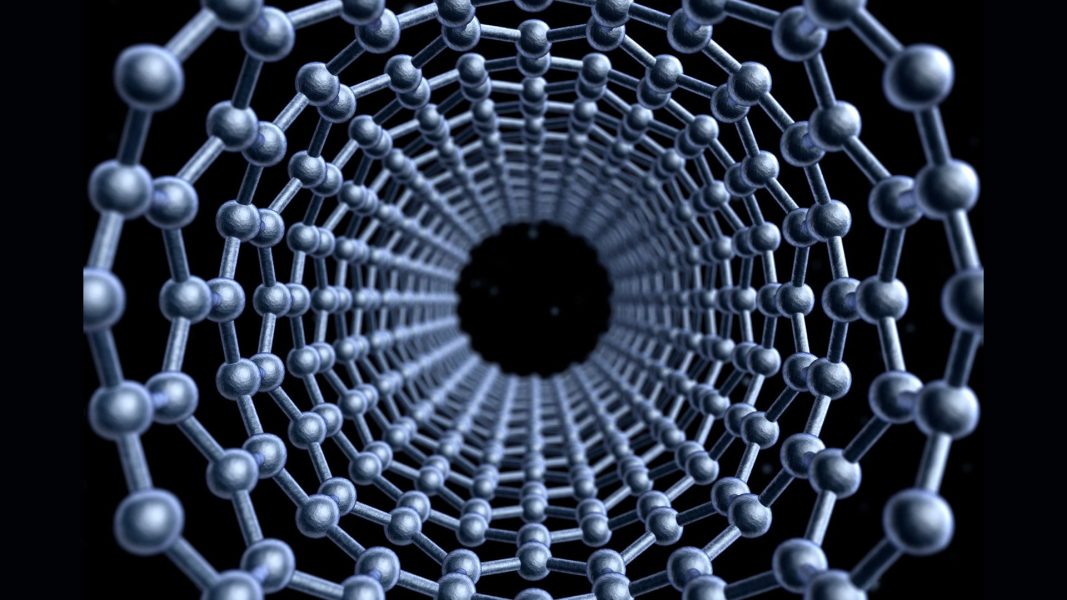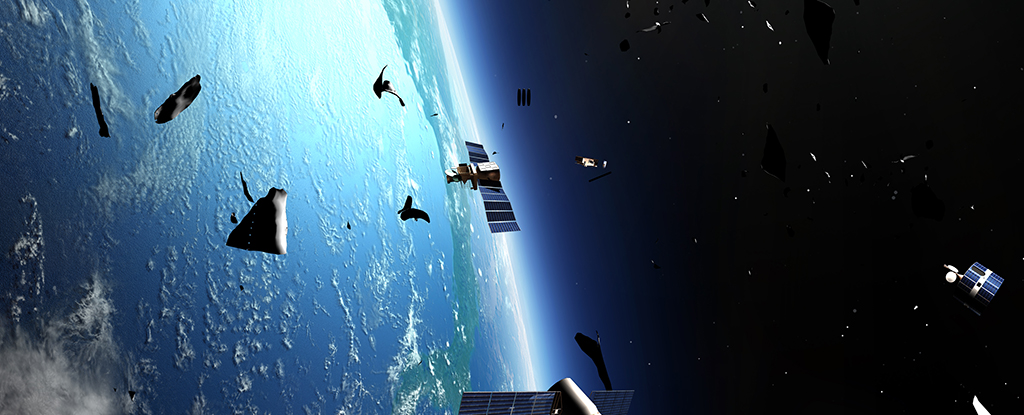China deploys prototype detectors to locate neutrinos in South China Sea – Interesting Engineering

The detectors were now deployed with help from China’s first deep-sea research vessel.20 hours agoa day ago2 days ago2 days ago2 days ago2 days ago2 days ago2 days ago2 days ago2 days ago14 minutes ago9 hours ago9 hours ago11 hours ago13 hours ago15 hours ago16 hours ago18 hours ago18 hours ago19 hours agoBojan StojkovskiThe detector prototypes were developed in collaboration between the Ocean University of China, IHEP, and the Institute of Acoustics under the Chinese Academy of Sciences. (Representational image)CERN CourierChinese scientists have deployed prototype detectors in the South China Sea to explore building a large underwater observatory to detect neutrinos, tiny particles from space.Last month, equipment including sensitive detector units and an LED light source for calibration was deployed at a depth of 1,600 meters (5,250 feet) using the submersible Shenhai Yongshi, or Deep-Sea Warrior, according to the Institute of High Energy Physics (IHEP) in Beijing.The detectors, now linked to China’s national underwater scientific observation network for power and data transmission, are positioned in the darkness to detect faint flashes of light caused by passing neutrinos, according to the institute’s statement on Wednesday via WeChat, the South China Morning Post reported.All of this is part of a bid to construct the High-energy Underwater Neutrino Telescope (HUNT), which aims to become the world’s largest underwater neutrino observatory. The project will feature over 55,000 detectors suspended along thousands of strings, covering 30 cubic kilometers (7.2 cubic miles) of ocean.The stable operation of the prototype detectors is a meaningful milestone in the preliminary research for the HUNT project, according to the institute. When completed, the project is expected to place China among the leaders in neutrino astronomy, SCMP adds.IHEP researcher Chen Mingjun explained that in addition to its astronomical significance, HUNT is expected to offer a valuable research platform for marine science. Due to the nature of cosmic rays, which are composed of highly energetic particles, their direction of motion is constantly deflected by interstellar magnetic fields, making it difficult to observe their origin directly.According to Chen, observing high-energy neutrinos, which can travel vast distances without being affected by magnetic fields or matter, provides an effective way to uncover the processes and sources behind these highly energetic particles. He also added that this approach could significantly advance humanity’s understanding of the cosmic phenomena.Due to limitations in detection technology and financial resources, current international experiments, developed over decades, are constrained in their ability to detect high-energy neutrino sources. The effective volume of their detectors ranges from 1 to 8 cubic kilometers, which may not be sufficient for identifying sources, particularly those from galaxies.The detectors were now deployed with help from China’s first deep-sea research vessel, Tansuo 3, and the Shenhai Yongshi, a 4,500-meter-class manned submersible owned by the Institute of Deep-sea Science and Engineering.The detector prototypes were developed in collaboration between the Ocean University of China, IHEP, and the Institute of Acoustics under the Chinese Academy of Sciences. Furthermore, the deployed detectors have also been successfully linked to the South China Sea Seabed Scientific Observation Network, another key national scientific project led by the Institute of Acoustics.IHEP also highlighted the South China Sea as the only viable location in China for the telescope because of its vast expanse. However, the South China Sea is not the only potential site for HUNT. Last spring, researchers deployed prototype detectors at a depth of 1,300 meters in Siberia’s Lake Baikal, where they conducted on-site testing with Russian scientists working on the Baikal-GVD neutrino experiment.Stay up-to-date on engineering, tech, space, and science news with The Blueprint.By clicking sign up, you confirm that you accept this site’s Terms of Use and Privacy PolicyBojan Stojkovski Bojan Stojkovski is a freelance journalist based in Skopje, North Macedonia, covering foreign policy and technology for more than a decade. His work has appeared in Foreign Policy, ZDNet, and Nature.a day ago2 days ago2 days ago2 days agoPremiumIE PROFollow
Source: https://interestingengineering.com/science/china-advances-underwater-neutrino-research





